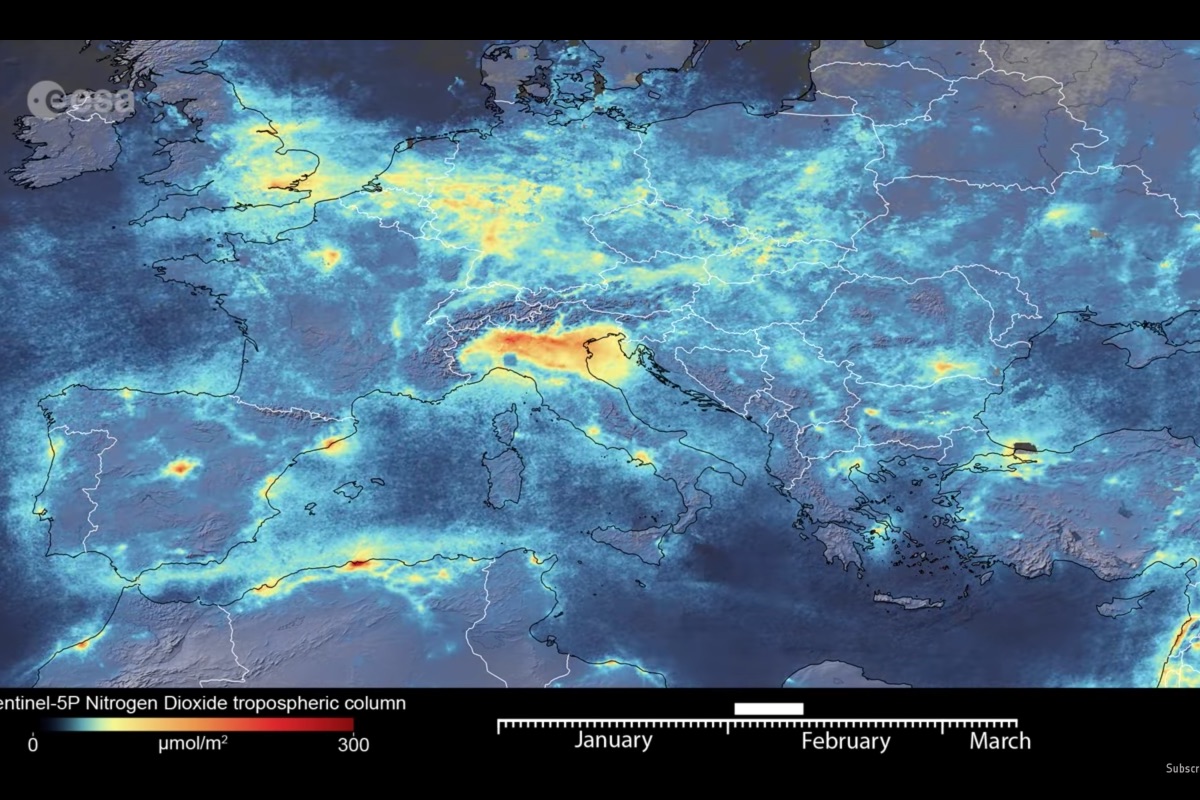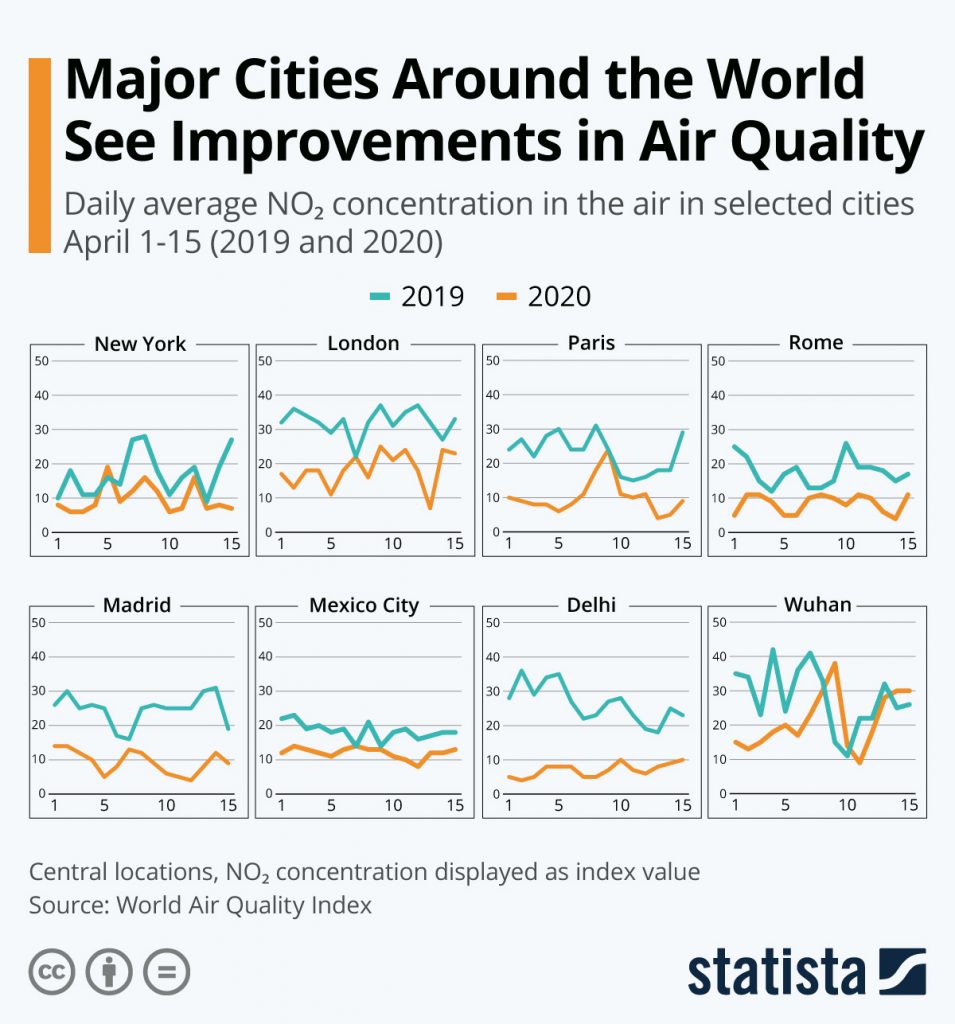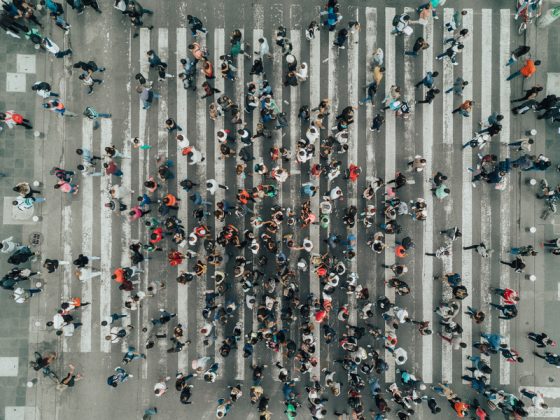COVID-19 lockdowns are depleting air pollution levels even in the world’s most air-polluted cities.
Real-time data from the World Air Quality Index (WAQI) reveal the significant declines in nitrogen dioxide (NO2) levels in a large number of cities in the world.
The graph above from Statista shows the series of NO2 concentration records from February to April of this year. We can see that for all the four cities shown, the overall trend is downward.
A huge chunk of the NO2 that is present in the atmosphere is due to the combustion of fossil fuels. With the sudden drop in demand for fossil fuels due to the lowered economic activity, such declines are only to be expected.
This observation is proof that reducing sources of emissions will yield significant improvements in air quality.
However, it did take virtually the paralysation of the world before these figures can be observed. Of course, such a strict measure is not a practical scenario to consider for the long run as our societal concerns go beyond just sustainability.
Once the lockdowns and other social isolation measures are eased, it is not hard to see that the emissions will be spiking up as quickly as they have been declining.
Fleeting improvements
For this matter, let’s look at more cities and zoom in only for the first half of April 2020, as shown in the graph above. This NO2 concentration data also came from WAQI.
We can see that for most of the cities where lockdowns are still in place, stark differences in NO2 concentrations can be seen compared with the same period in 2019. The difference is notable especially in the city of Delhi in India — among the most air-polluted countries of 2019.
However, for the city of Wuhan — the coronavirus epicentre now working its way back to normality — we can see that the NO2 concentrations immediately returned as soon as the lockdowns were lifted around the second week, gradually negating the earlier improvements observed in the city. The NO2 levels are quickly converging with the recorded concentrations in 2019.
This brings another key point in sustainability policies. Apart from making sure that our emission efforts will be heavy enough to pack a punch, they should also be consistently implemented in order to ensure that observed declines are maintained.
The global pandemic we are facing right now is a rare event which none of us could have fully prepared for. While we exert our best efforts to flatten the curve and contain the virus, it would also be reasonable to leverage this rare occurrence to look back in our policies — not only those about sustainability practices — and see how we can improve on them after this pandemic.
Our pre-pandemic global greenhouse emission levels are not the kind of ‘normal’ we would want to return to once the lockdowns are lifted. Hopefully, once this pandemic ends, a new era of more sustainable practices driven by all the lessons learned during this period of global scale lockdowns will emerge.












